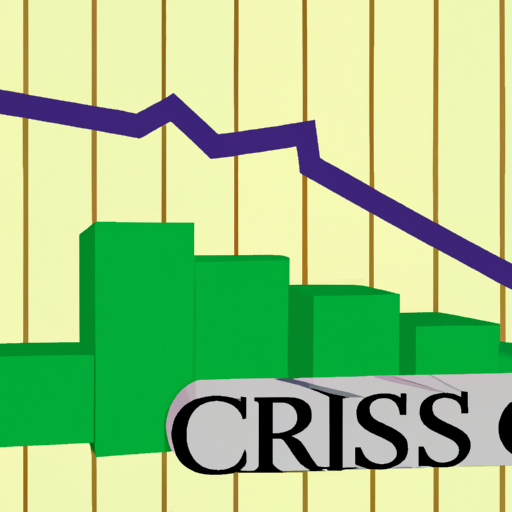Title: The Current State of the US Banking Crisis: Assessing Progress and Future Outlook
Introduction:
The US banking crisis that unfolded earlier this year sent shockwaves through the global banking system. The collapse of three mid-sized US banks – Silicon Valley Bank, Silvergate, and Signature – resulted in a domino effect, causing plummeting bank share prices worldwide. In this article, we provide an analysis of the current state of the US banking crisis, examining whether it is over and exploring the implications for the future.
1. Evaluating the Recovery Efforts:
The US banking sector swiftly responded to the crisis by implementing various recovery measures. Strong government intervention, including emergency liquidity injections and capital support, helped stabilize the financial system. As a result, many banks have witnessed a gradual recovery in their balance sheets and profitability.
2. Role of Regulation and Supervision:
Stricter regulations and enhanced supervision have been pivotal in rebuilding trust in the US banking industry. The implementation of stringent stress tests, increased capital requirements, and improved risk management practices have contributed to a more resilient and stable banking system. These measures have fostered investor confidence and reduced systemic risks.
3. Technological Advancements and Digital Transformation:
The crisis and its aftermath have accelerated the adoption of digital technologies by banks, resulting in increased efficiency, customer-centric services, and strengthened cybersecurity. The use of advanced analytics, artificial intelligence, and blockchain has enabled banks to streamline operations, enhance risk management, and provide personalized financial solutions to customers.
4. Economic Recovery and Outlook:
The gradual reopening of the US economy, combined with massive fiscal and monetary stimulus, has spurred economic growth and contributed to the recovery of the banking sector. As businesses and consumers regain stability, loan delinquencies and defaults are expected to decline, further strengthening the financial position of banks.
5. Remaining Challenges:
Although significant progress has been made, challenges persist. The ultimate impact of the crisis on loan portfolios, especially for small and medium-sized enterprises (SMEs), remains uncertain. Additionally, the potential resurgence of COVID-19 and its economic fallout pose ongoing risks to the banking sector. Adapting to changing customer preferences and market dynamics, as well as addressing cybersecurity threats, are also areas requiring continued attention.
Conclusion:
While the US banking crisis has shown signs of abating, it is important to remain vigilant and adaptive. The industry has demonstrated resilience and the ability to navigate turbulent times. Continued collaboration between regulators, financial institutions, and technology providers is crucial for sustaining the recovery and ensuring the stability of the US banking system.






0 Comments